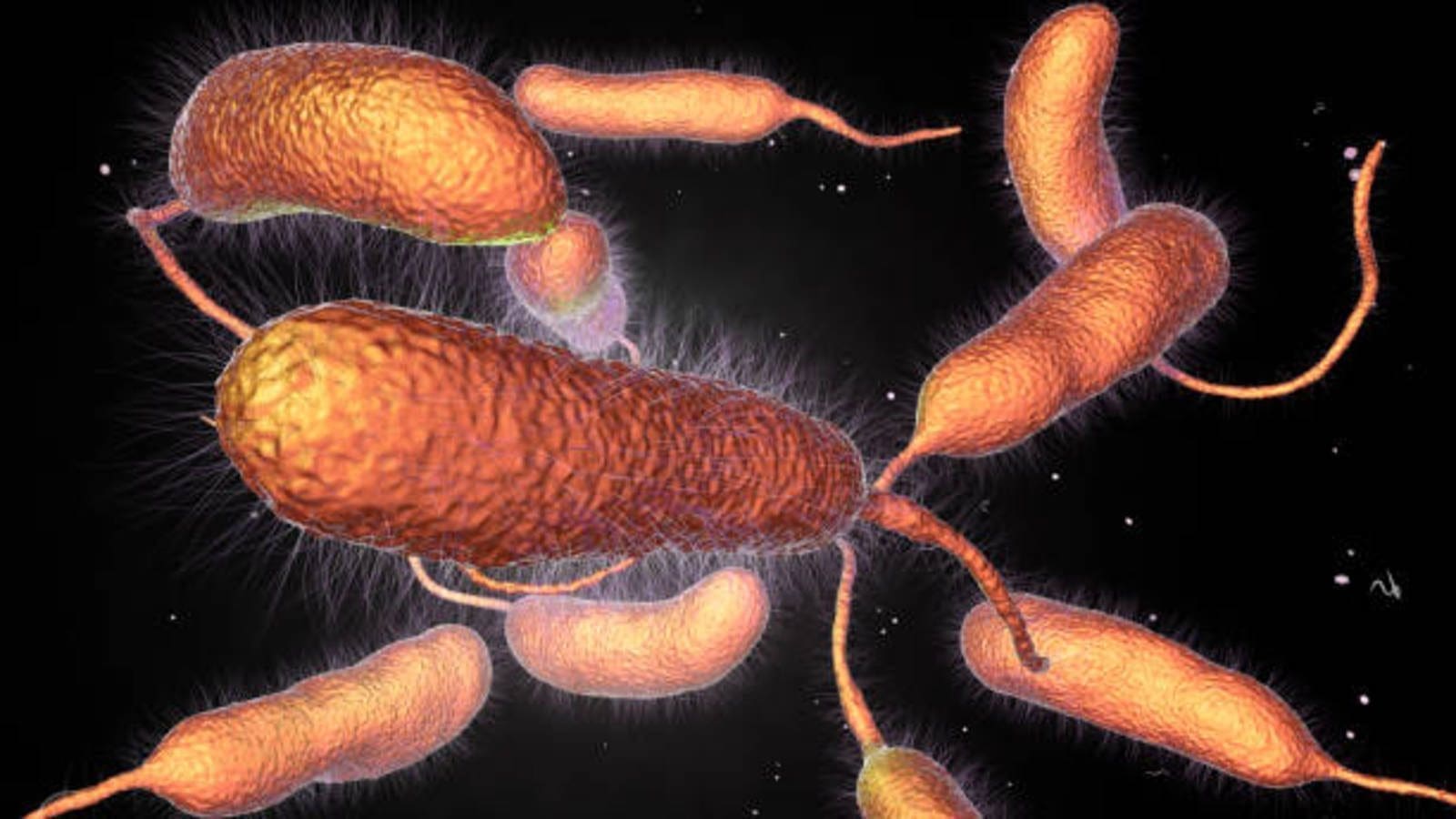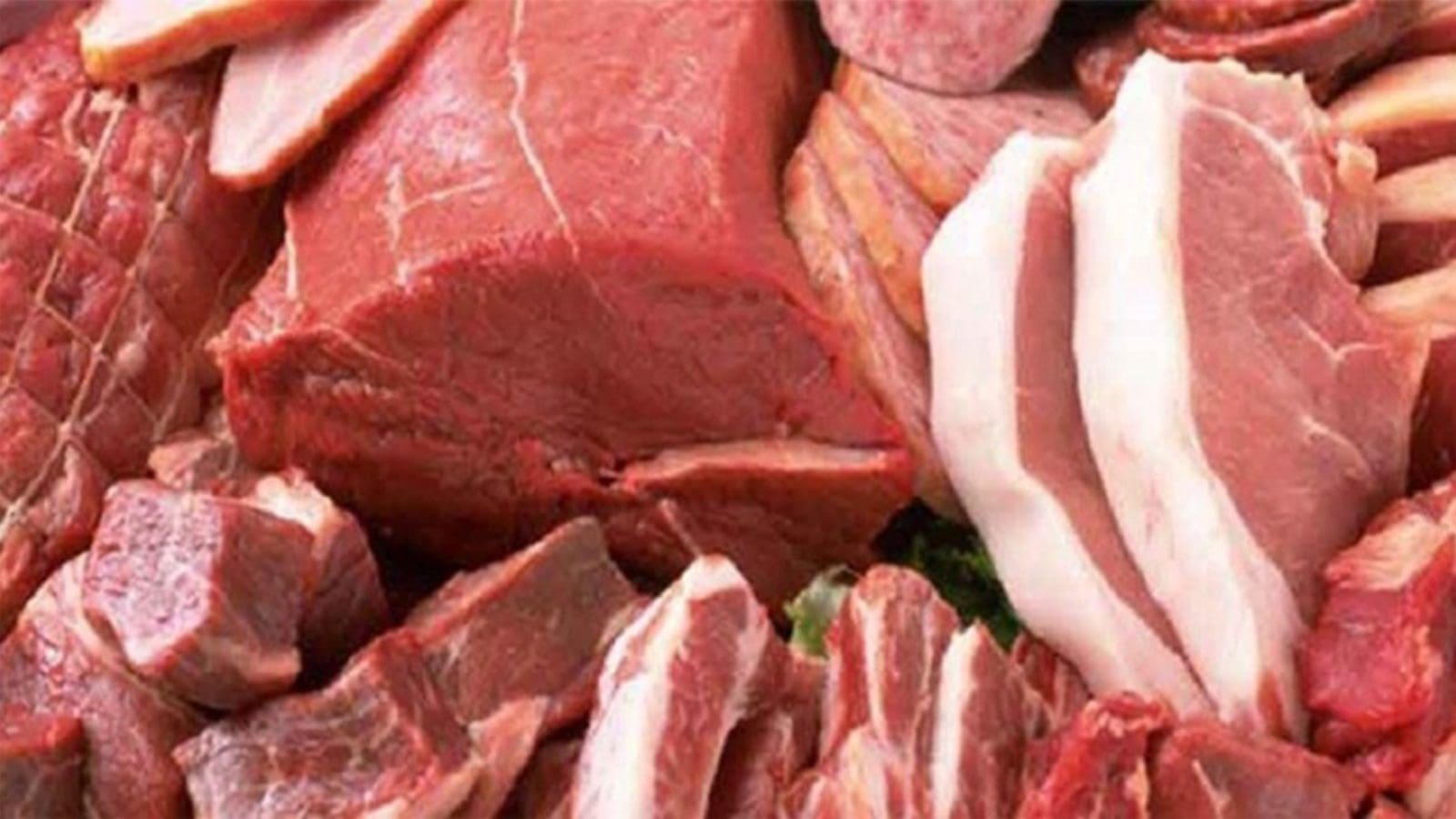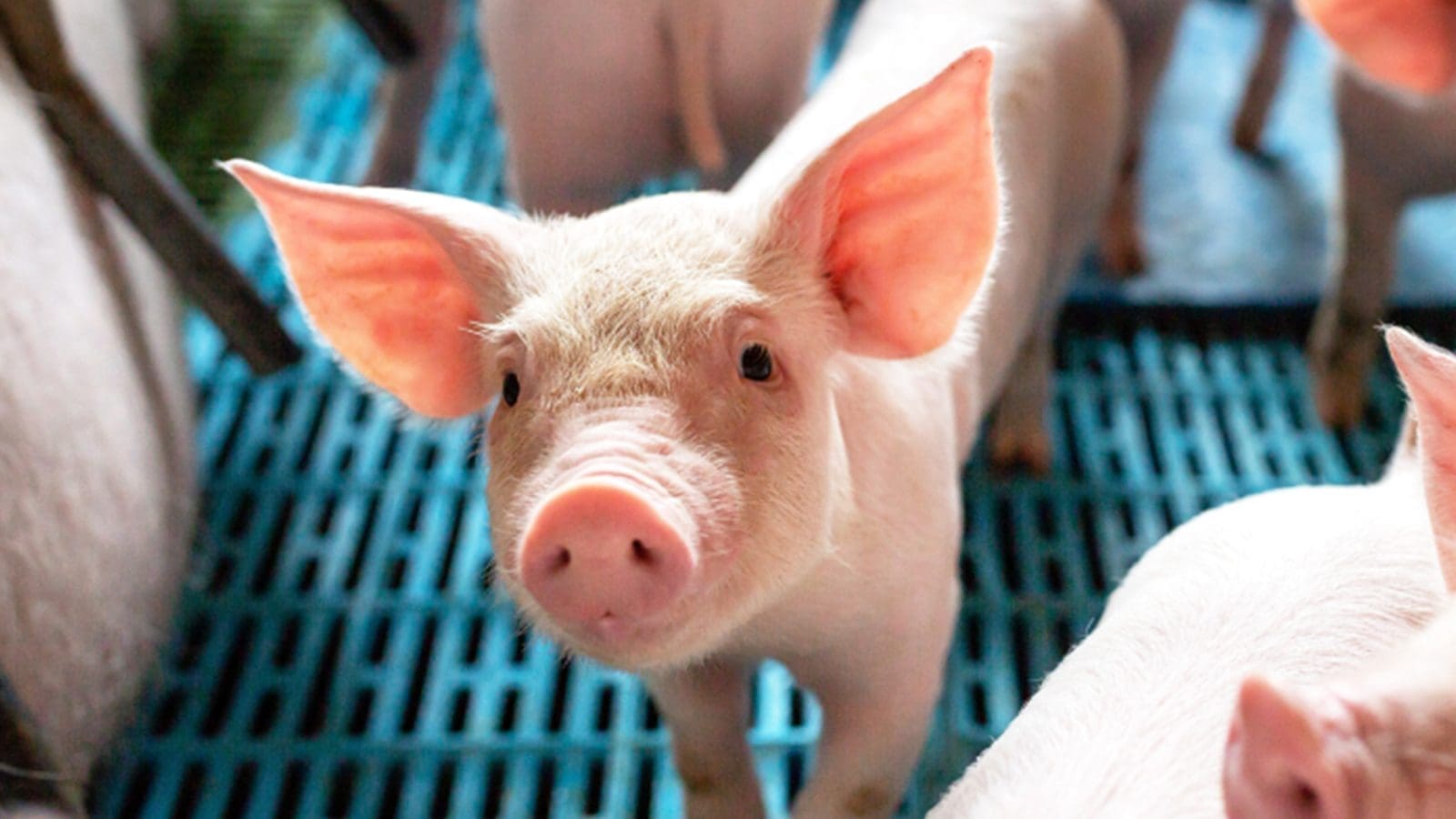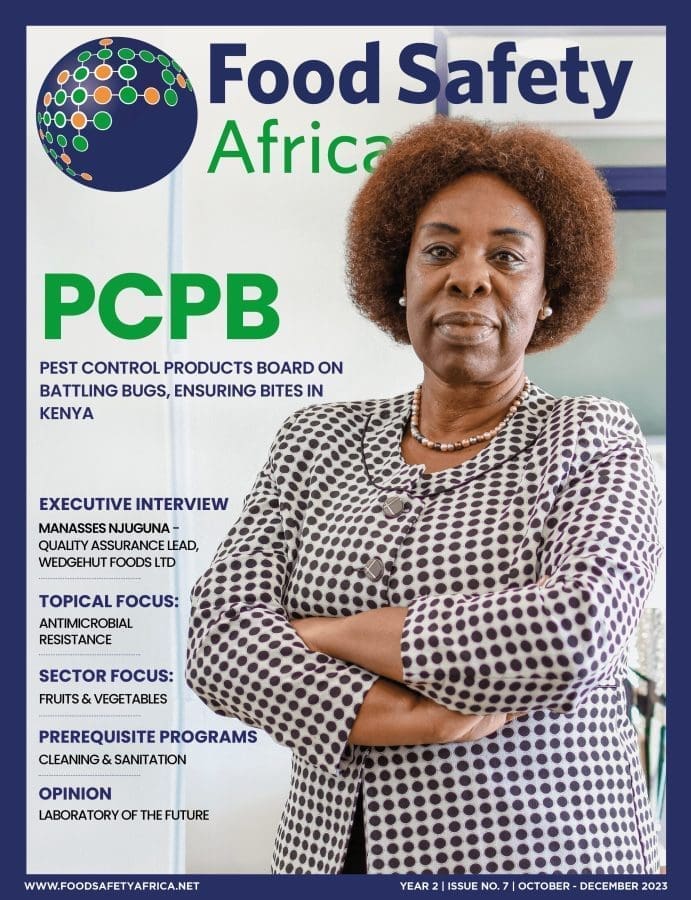GLOBAL – The Food and Agriculture Organization of the United Nations (FAO) and World Health Organization (WHO) have published a review of risk assessment tools for Vibrio in 2020 that covers an expert meeting held at the Centre for Environment Fisheries and Aquaculture Science (Cefas) in the United Kingdom, in order to provide an update on the state-of-the-art advice regarding risk assessment for Vibrio parahaemolyticus and Vibrio vulnificus in seafood.
The discussions on Vibrio in seafood have revealed a number of developments in recent years. Contributors included Erin Stokes, of the U.S. Centers for Disease Control and Prevention; Rachel Hartnell from Cefas; Enrico Buenaventura at Health Canada, and Dominique Hervio-Heath from Ifremer in France.
Seafood is part of a healthy and balanced diet, yet this food commodity is responsible for a significant proportion of foodborne illnesses and outbreaks globally.
The accumulation of vibrios in seafood, and in particular bivalves, followed by consumption of that product either raw or not fully cooked is an established route of human exposure to these pathogens. Raw shellfish such as oysters and clams are the most common foodborne source of vibriosis.
Meeting findings
Experts examined draft outputs from a 2010 meeting on the topic and concurred with the basic information on pathogenicity including virulence markers and factors relevant to the fate of V. parahaemolyticus and V. vulnificus, such as water temperature and salinity, had not changed substantially.
However, they noted that several noteworthy new models and methods that have direct impacts on the risk assessment of these important human pathogens, were now available. Other developments were the emergence of highly pathogenic strains of V. parahaemolyticus and the spread of associated infections which posed challenges to the seafood industry, risk managers, clinicians, and public health.
Several critical developments in the last decade were subsequently noted by the expert working group including , advancements in epidemiological data, approaches on remote sensing-based risk assessment models, improvements to detection and molecular methods, best practices for reducing risk, and new information on climate change with the increase and geographical spread of seafood-associated infections.
Cases have been recorded in traditionally non-endemic areas such as the northeast U.S., Spain, and South America. In a warming marine environment, there are likely to be more vibrio-associated infections. A bigger at-risk population increased population densities in coastal regions and improvements in the diagnosis of infections may also have played a role in seeing more reported cases.
Expert recommendations
Best practice approaches were high-pressure treatment to inactivate pressure-sensitive pathogens, harvesting curfews to ensure oysters are harvested under conditions which coincides with the periods of lowest contamination, purification, and temperature control. New methods included the use of genomics and satellite imagery.
As reported by Food Safety News, remote-sensing-based tools have facilitated the understanding of the conditions that can drive outbreaks and possibly offer the capability to predict future outbreak conditions in near real-time.
Data gaps were approaches to further characterize strains, virulence testing, and the lack of high-quality data from geographically diverse regions.
The specialists recommended creating systems for epidemiological data collection at the regional, national, and international levels and an assessment of laboratory methods used to study the bacteria.
They also proposed a review of the efficiency of post-harvest processing treatments and pre- and post-harvest interventions in risk mitigation including a cost/benefit analysis.








